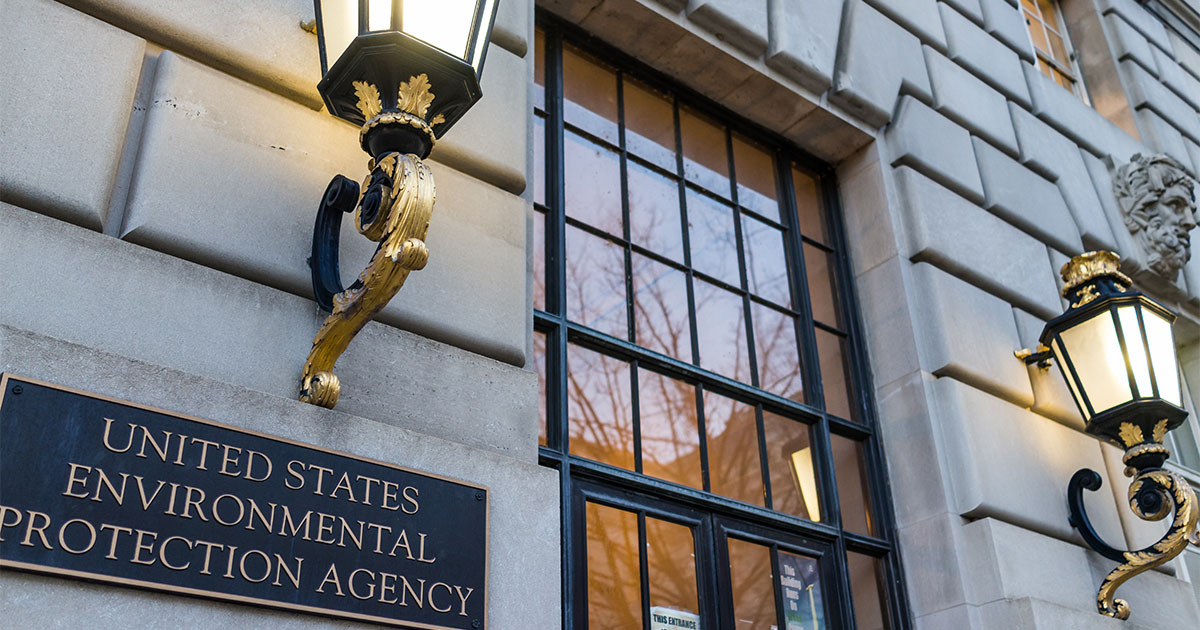
Published: April 13, 2020. Last Updated: May 6, 2020
On March 26th, 2020, the United States Environmental Protection Agency (EPA) released a memo outlining enforcement guidance in response to the COVID-19 pandemic.
In the guidance, the EPA temporarily relaxed their enforcement on noncompliance retroactively beginning on March 13, 2020 citing the need for this in the wake of work shortages, and travel and social distancing guidelines recommended by the Centers for Disease Control and Prevention (CDC).
Read the full memo: COVID-19 Implications for EPA’s Enforcement and Compliance Assurance Program
While this guidance grants flexibility to companies and their emissions and pollution source reduction at this time, it does not serve as a structure for unfettered noncompliance, and reiterates the importance for those polluters to:
- Act responsibly
- Identify the specific nature and dates of the noncompliance
- Identify how COVID-19 was the cause of the noncompliance
- Return to compliance as soon as possible
HOW THIS TEMPORARY GUIDANCE MIGHT IMPACT YOUR BUSINESS
Each business will need to check with their state’s regulatory agency to figure out how it’ll be regulated at this time. Given the rapidly changing environment, states are taking different response approaches to the pandemic. Below are the current guidances from all 50 states.
OVERVIEW MAP OF STATES AND THEIR RESPONSES TO COVID-19
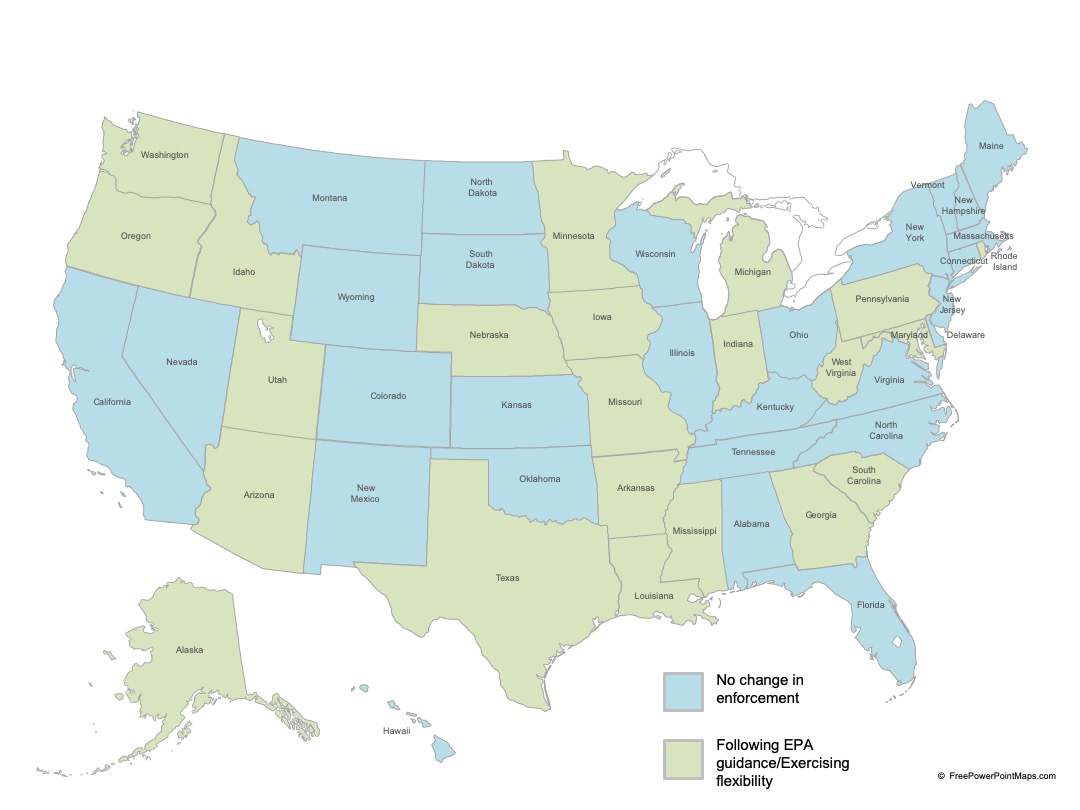
This map illustrates each state’s response to COVID-19.
ALABAMA
Environmental Enforcement Status: No change in enforcement
The Alabama Department of Environmental Management (ADEM) has not indicated any changes to their enforcement policies in the wake of COVID-19.
ALASKA
Environmental Enforcement Status: Following EPA guidance/Exercising flexibility
The Alaska Department of Environmental Conservation (ADEC) is following the EPA’s guidance until at least June and is asking regulated entities to self-report violations during the COVID-19 pandemic.
ARIZONA
Environmental Enforcement Status: Following EPA guidance/Exercising flexibility
The Arizona Department of Environmental Quality (ADEQ) announced that it is aligning with the EPA’s memo, but will be issuing individual guidance to continue facility inspections and permit issuing.
ARKANSAS
Environmental Enforcement Status: Following EPA guidance/Exercising flexibility
The Arkansas Department of Energy and Environment’s Division of Environmental Quality (DEQ) released a similar memo to the EPA’s. Their guidance is retroactive to March 17, 2020.
CALIFORNIA
Environmental Enforcement Status: No change in enforcement
The California Environmental Protection Agency (CalEPA) released a statement that says their enforcement authority remains intact in spite of the EPA memo. CalEPA leadership said to Bloomberg Law, “CalEPA expects compliance with environmental obligations, especially where failure to follow the law creates an imminent threat or risk to public health.”
COLORADO
Environmental Enforcement Status: No change in enforcement
The Colorado Department of Public Health and Environment (CDPHE) does not appear to have a stated position on the EPA’s COVID-19 guidance. Their personnel are working remotely at this time, and appear to be conducting normal enforcement activity.
CONNECTICUT
Environmental Enforcement Status: No change in enforcement
The Connecticut Department of Energy and Environmental Protection has a comprehensive COVID-19 response page on their website. They say they are “striving to continue to carry out (their) mission and provide services while keeping both the public and (their) workforce safe.”
DELAWARE
Environmental Enforcement Status: No change in enforcement
The Delaware Department of Natural Resources and Environmental Control (DNREC) does not appear to have any direct response to the EPA’s guidance. All events have been canceled through May 15, 2020. Their offices remain open, but with limited services, and they are urging all applications to be submitted electronically.
FLORIDA
Environmental Enforcement Status: No change in enforcement
The Florida Department of Environmental Protection (DEP) has not made a public announcement about adhering to the EPA’s COVID-19 guidance. DEP has expanded its telework opportunities for certain employees, and appears to be conducting regular business.
GEORGIA
Environmental Enforcement Status: Following EPA guidance/Exercising flexibility
The Georgia Environmental Protection Division (GEPD) is working remotely. According to this March 31, 2020 memo, they are adhering to US EPA guidance in regards to environmental noncompliance.
HAWAII
Environmental Enforcement Status: No change in enforcement
Hawaii’s Office of Environmental Control (OEC) has not announced any changes to its normal enforcement duties.
IDAHO
Environmental Enforcement Status: Following EPA guidance/Exercising flexibility
The Idaho Department of Environmental Quality (DEQ) is limiting routine activities to ensure they are not putting their employees, the public, or the regulated community at risk. However, they say they are making every effort to avoid unnecessarily disrupting regulated facilities while they respond to COVID-19.
ILLINOIS
Environmental Enforcement Status: No change in enforcement
The Illinois Environmental Protection Agency (IEPA) has only shut down their vehicle emissions testing program in response to the COVID-19 Pandemic. They are conducting normal business otherwise.
INDIANA
Environmental Enforcement Status: Following EPA guidance/Exercising flexibility
The Indiana Department of Environmental Management (IDEM) is following the EPA guidance on noncompliance. However, IDEM personnel are working remotely, and conducting normal business.
IOWA
Environmental Enforcement Status: Following EPA guidance/Exercising flexibility
The Iowa Department of Natural Resources (IDNR) appears to be following the EPA guidance on noncompliance. They say they are issuing this protocol in an effort to balance the need to protect the state’s natural resources against the need to protect people from infection.
KANSAS
Environmental Enforcement Status: No change in enforcement
The Kansas Department of Health and Environment hasn’t made any public changes to their normal enforcement obligations.
KENTUCKY
Environmental Enforcement Status: No change in enforcement
The Kentucky Energy and Environment Cabinet hasn’t made any public changes to their normal enforcement obligations.
LOUISIANA
Environmental Enforcement Status: Following EPA guidance/Exercising flexibility
The Louisiana Department of Environmental Quality (LDEQ) has not directly responded to the EPA’s noncompliance guidance, but they are offering some deadline relief to property owners and operators who feel like they can’t uphold their compliance obligations at this time.
MAINE
Environmental Enforcement Status: No change in enforcement
The Maine Department of Environmental Protection (DEP) is maintaining its environmental enforcement obligations. “Protecting public health is the Department’s highest priority, and it is critical that members of the regulated community ensure their air emissions do not exacerbate the public health crisis.”
MARYLAND
Environmental Enforcement Status: Following EPA guidance/Exercising flexibility
The Maryland Department of Environment (MDE) has not announced an official response to the EPA’s COVID-19 noncompliance guidance. The Governor has extended the expiration window for state-issued licenses and permits 30 days following the end of the Emergency Declaration.
MASSACHUSETTS
Environmental Enforcement Status: No change in enforcement
The Massachusetts Department of Environmental Protection (MassDEP) is working remotely. They direct people to contact their office about any environmental issues. They have not given any response to the EPA guidance.
MICHIGAN
Environmental Enforcement Status: Following EPA guidance/Exercising flexibility
The Michigan Department of Environment, Great Lakes, and Energy (EGLE) is maintaining their normal environmental regulatory obligations. However, regulated entities who feel like they cannot fulfill their legal obligations can submit requests for regulatory flexibility to this dedicated inbox.
MINNESOTA
Environmental Enforcement Status: Following EPA guidance/Exercising flexibility
The Minnesota Pollution Control Agency (MPCA) is maintaining their normal environmental regulatory obligations. However, regulated entities who feel they cannot fulfill their legal obligations can submit requests for regulatory flexibility to this dedicated inbox.
MISSISSIPPI
Environmental Enforcement Status: Following EPA guidance/Exercising flexibility
The Mississippi Department of Environmental Quality (MDEP) has closed all of their offices, and is following the EPA’s guidance for regulatory noncompliance.
MISSOURI
Environmental Enforcement Status: Following EPA guidance/Exercising flexibility
The Missouri Department of Natural Resources (MDNR) is maintaining their normal environmental regulatory obligations. However, regulated entities who feel they cannot fulfill their legal obligations can submit requests for regulatory flexibility to this dedicated inbox.
MONTANA
Environmental Enforcement Status: No change in enforcement
The Montana Department of Environmental Quality (DEP) has not issued a formal policy on compliance enforcement, and has not responded to EPA’s COVID-19 policy.
NEBRASKA
Environmental Enforcement Status: Following EPA guidance/Exercising flexibility
The Nebraska Department of Environment and Energy (NDEE) in a March 27th message states they will, “provide as much flexibility and assistance as lawfully possible in these difficult times.”
NEVADA
Environmental Enforcement Status: No change in enforcement
The Nevada Department of Conservation and Natural Resources (NDCNR) does not appear to be following the guidance issued by the EPA.
NEW HAMPSHIRE
Environmental Enforcement Status: No change in enforcement
The New Hampshire Department of Environmental Services (NHDES) has shut down their offices to the public, but appear to be conducting business as usual.
NEW JERSEY
Environmental Enforcement Status: No change in enforcement
The New Jersey Department of Environmental Protection (NJDEP) is working remotely, but appears to be keeping up with all of their enforcement obligations. They don’t appear to be following the EPA guidance.
Update from May 6, 2020: Governor Murphy signed Executive Order No. 136 tolling several timeframes administered by DEP, as well as extending certain filing deadlines. Beginning on March 9, 2020, all timeframes governing public notice, review, or final action on applications for, or renewals of permits, registrations, plans, petitions, licenses, rates, and other approvals under the following statutes administered by DEP are tolled beginning on March 9, 2020:
- N.J.S.A. 13:1D-32 (Construction Permits),
- N.J.S.A. 13:19-8 (Coastal Area Facility Review Act Permits),
- N.J.S.A. 48:3-7 (Utility Property Transactions), and
- N.J.S.A. 58:16A-67 (Stream Cleaning Permit).
NEW MEXICO
Environmental Enforcement Status: No change in enforcement
The New Mexico Environment Department does not appear to be following the EPA guidance, and is conducting their normal regulatory business.
NEW YORK
Environmental Enforcement Status: No change in enforcement
The New York Department of Environmental Conservation (NYDEC) working remotely. Conservation police officers are still working in the field. No confirmation of adherence to US EPA guidance.
NORTH CAROLINA
Environmental Enforcement Status: No change in enforcement
The North Carolina Department of Environmental Quality (NCDEQ) states in a press release that they, “will work with regulated entities to ensure they remain in compliance and in instances of non-compliance, pursue enforcement actions on a case-by-case basis.”
NORTH DAKOTA
Environmental Enforcement Status: No change in enforcement
The North Dakota Department of Environmental Quality (NDDEQ) does not appear to be following the EPA guidance, and is conducting their normal regulatory business.
OHIO
Environmental Enforcement Status: No change in enforcement
The Ohio Environmental Protection Agency (OEPA) is maintaining their normal environmental regulatory obligations. However, regulated entities who feel they cannot fulfill their legal obligations can fill out a flexibility request form.
OKLAHOMA
Environmental Enforcement Status: No change in enforcement
The Oklahoma Department of Environmental Quality (DEQ) appears to be following normal protocol outside of closing their buildings to the public. Although they say they’ll be “flexible as needed” they do not specify adherence to the EPA guidance.
OREGON
Environmental Enforcement Status: Following EPA guidance/Exercising flexibility
All applicable Oregon Department of Environmental Quality (DEQ) requirements remain in effect. However, it will exercise reasonable enforcement discretion within its authority when deciding whether to pursue potential violations caused by pandemic-related disruptions.
PENNSYLVANIA
Environmental Enforcement Status: Following EPA guidance/Exercising flexibility
The Pennsylvania Department of Environmental Protection (PADEP) temporarily suspended regulatory requirements and permit conditions “where strict compliance will prevent, hinder or delay necessary action in coping with the COVID-19 emergency.”
RHODE ISLAND
Environmental Enforcement Status: Following EPA guidance/Exercising flexibility
Requests to the Rhode Island Department of Environmental Management (RIDEM) for regulatory relief will be considered on a case-by-case basis.
SOUTH CAROLINA
Environmental Enforcement Status: Following EPA guidance/Exercising flexibility
The South Carolina Department of Health and Environmental Control (DHEC) says “regulated entities should remain diligent in taking safe best efforts to maintain compliance. However, in the event that non-compliance is unavoidable directly due to impact from COVID-19 and/or related legal restrictions (federal/state/local declarations or orders), we are prepared to address such issues.
SOUTH DAKOTA
Environmental Enforcement Status: No change in enforcement
The South Dakota Department of Environment and Natural Resources appears to be doing normal business at this time. They have a comprehensive FAQ page for Water Quality regulation during COVID-19 social distancing.
TENNESSEE
Environmental Enforcement Status: No change in enforcement
The Tennessee Department of Environment and Conservation is conducting normal business at this time. They have a dedicated webpage for their COVID-19 response, which includes their contingency plan for compliance activities that will be “undertaken remotely so those important activities continue to occur during this period.”
TEXAS
Environmental Enforcement Status: Following EPA guidance/Exercising flexibility
Although not explicitly stated, the Texas Commission on Environmental Quality seems to be following the lead of the US EPA. They have notified regulated entities that they will exercise enforcement discretion for events of noncompliance that are unavoidable due to impact from COVID-19.
They have also issued a policy that will extend the deadlines for the following reports:
- Point source emissions inventories;
- Stormwater general permit reports; and
- Mass Emissions Cap and Trade (MECT) and Highly Reactive Volatile Organic Compound Emissions Cap and Trade (HECT) annual compliance reports.
UTAH
Environmental Enforcement Status: Following EPA guidance/Exercising flexibility
The Utah Department of Environmental Quality (Utah DEQ) stated that they will adhere to the EPA’s COVID-19 policy and “will work with regulated communities on a case-by-case basis to determine reasonable exemptions to environmental rules.”
VERMONT
Environmental Enforcement Status: No change in enforcement
The Vermont Department of Environmental Conservation (VDEC) appears to be operating normally as they work remotely.
VIRGINIA
Environmental Enforcement Status: Following EPA guidance/Exercising flexibility
Despite a strongly worded response to the EPA’s guidance, the Virginia Department of Environmental Quality (VDEQ) are considering noncompliance issues on a “case-by-case basis, but by no means does this crisis equal a free pass for the regulated community.”
WASHINGTON
Environmental Enforcement Status: Following EPA guidance/Exercising flexibility
The Washington Department of Ecology has stated that they will “exercise reasonable discretion… when deciding whether to pursue potential violations that may be linked to the current COVID-19 pandemic”
WEST VIRGINIA
Environmental Enforcement Status: Following EPA guidance/Exercising flexibility
The West Virginia Department of Environmental Protection (WVDEP) has stated that all rules, regulations and permitting requirements under their jurisdiction will remain in full effect. However, if the permittee finds certain compliance requirements “not reasonably practicable” under the current circumstances, they should contact the agency.
WISCONSIN
Environmental Enforcement Status: No change in enforcement
The Wisconsin Department of Natural Resources (WDNR) has a portion of personnel working remotely. All public events have been postponed until Friday, April 24th. They appear to be operating normal compliance enforcement.
WYOMING
Environmental Enforcement Status: No change in enforcement
The Wyoming Department of Environmental Quality (DEQ) has made electronic document submittal available to the regulated community. They appear to be operating under normal discretion.
CANADA
Environmental Enforcement Status: No national change in enforcement
Canadian environmental regulators have not made nationwide changes to their enforcement, but like the US, individual provinces have released adjusted discretion guidances. On April 2nd, Alberta issued a stay of all enforcement activities except drinking-water facilities. Ontario followed shortly after with their own stay of enforcement.
If you are a member of the regulated community, we know that right now you are focused on maintaining the health of your employees, business, and customers rather than on the environmental investigation or remediation that you might be dealing with. If there is anything that we can do to assist you with pending technical demands during the COVID-19 crisis, please let us know what you need.
We’re here to provide advice as environmental experts and access to our extensive network of legal, technical, and regulatory experts to help guide you through these matters while your focus is elsewhere.
Contact us if you need any advice on how to respond to these new policies.
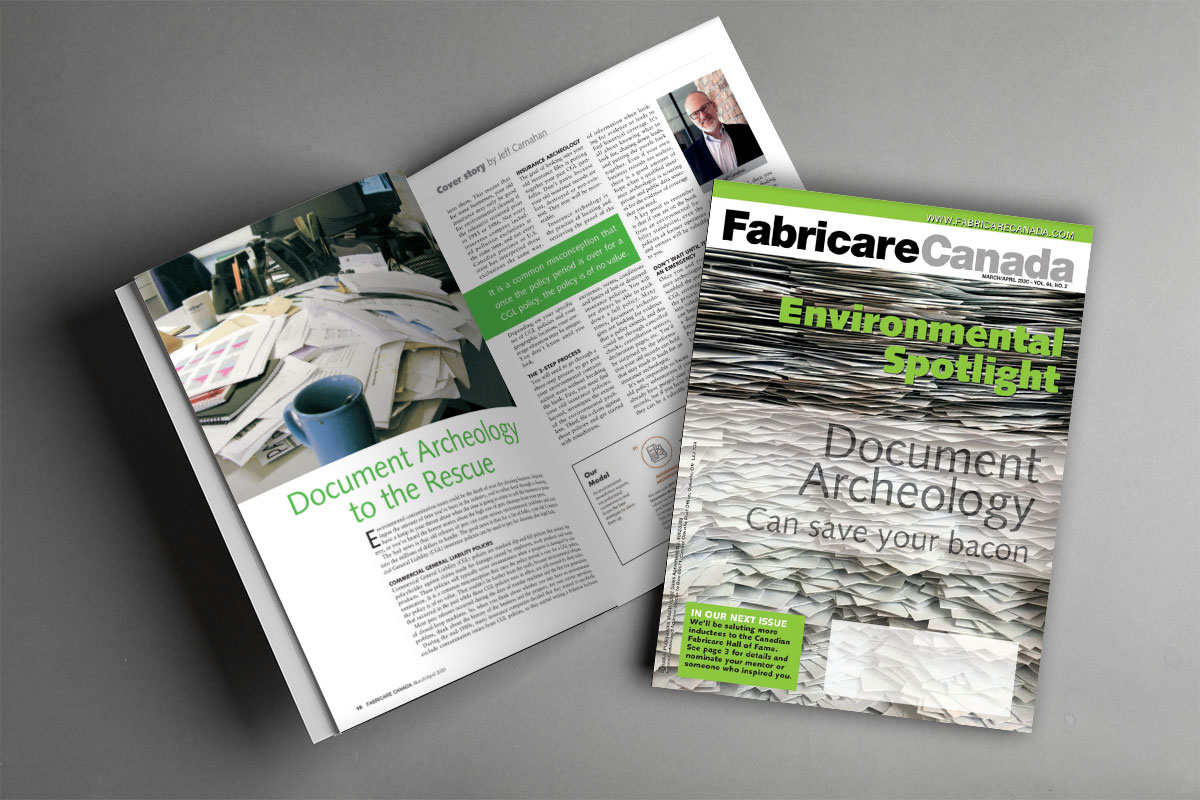
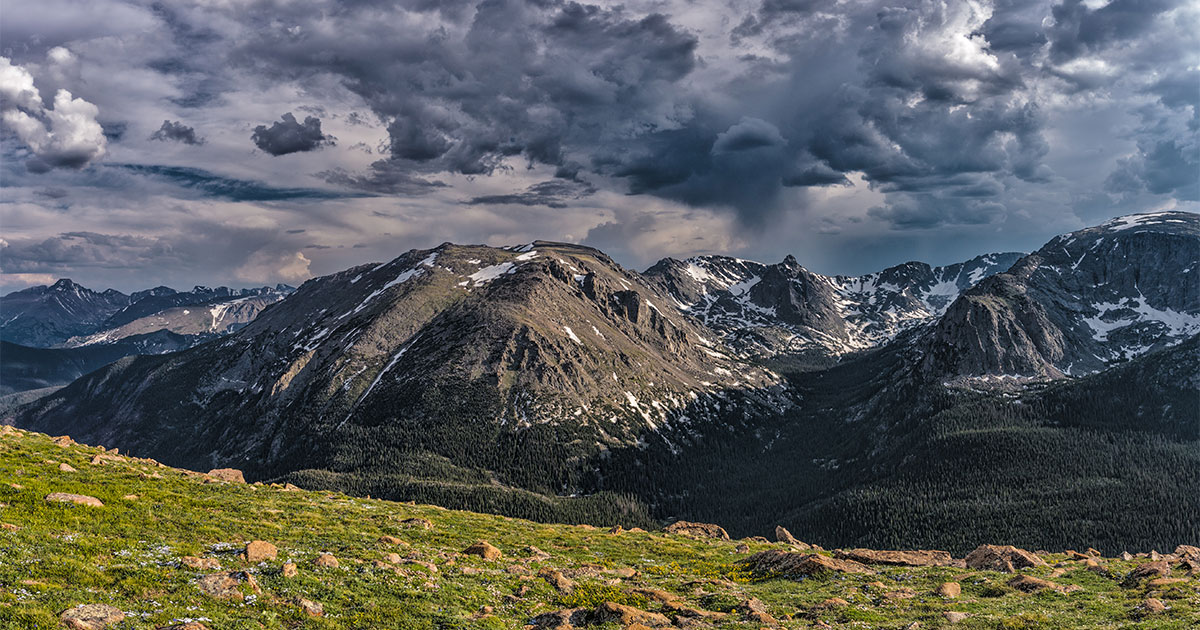
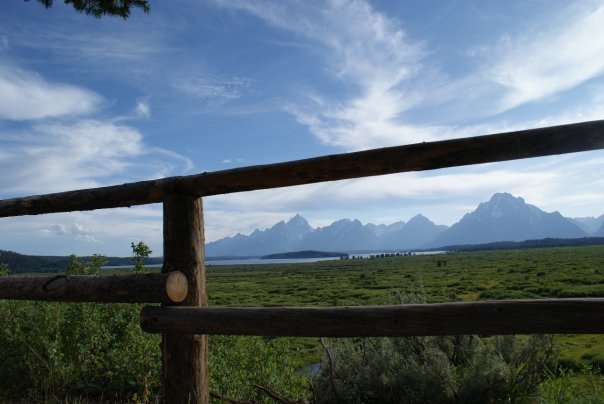
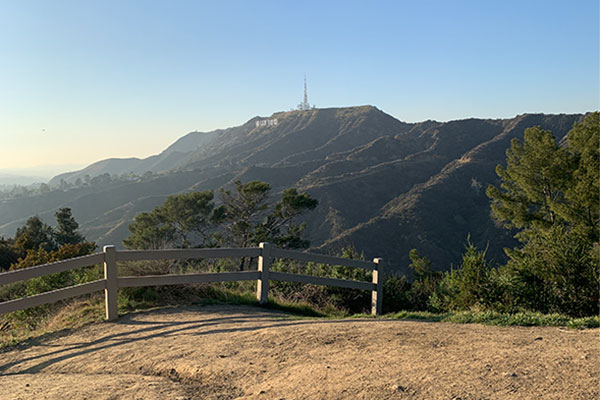

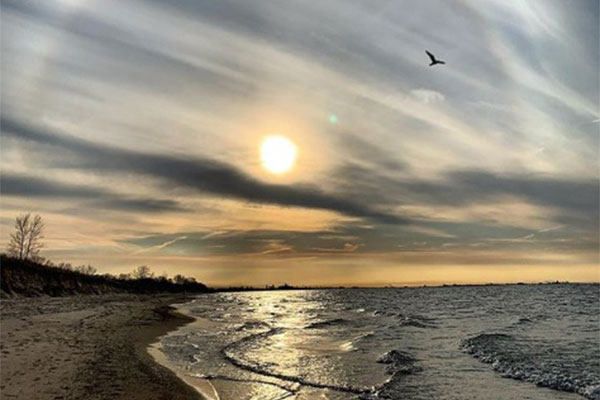
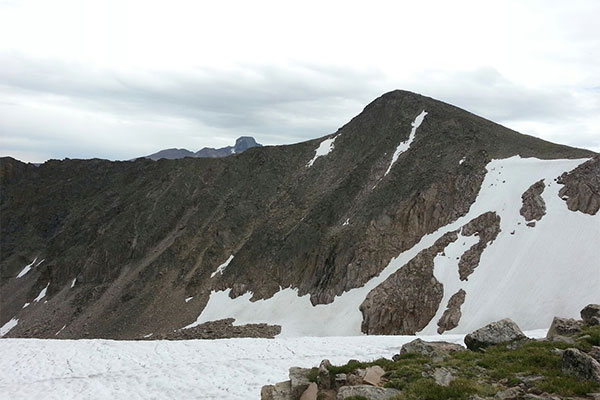
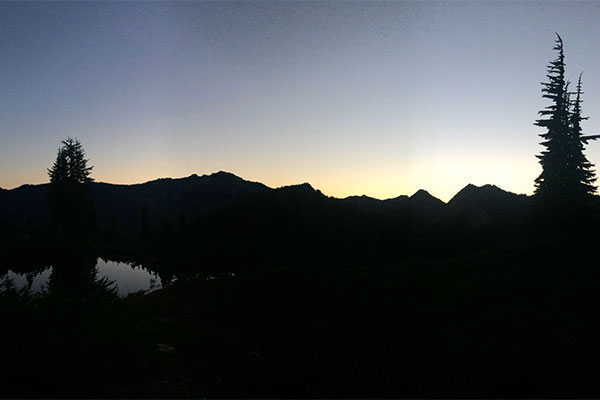
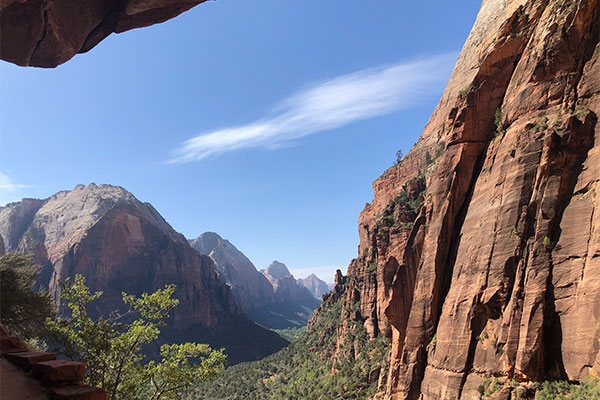
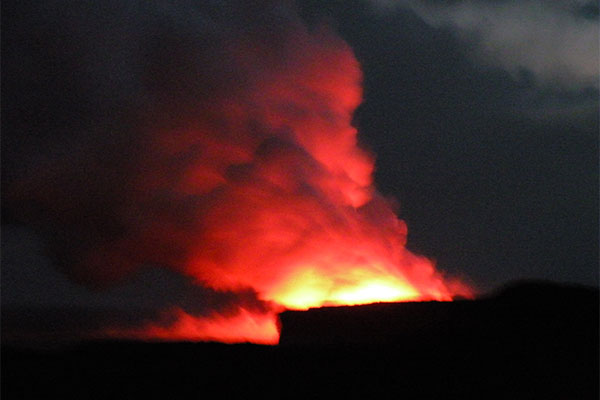
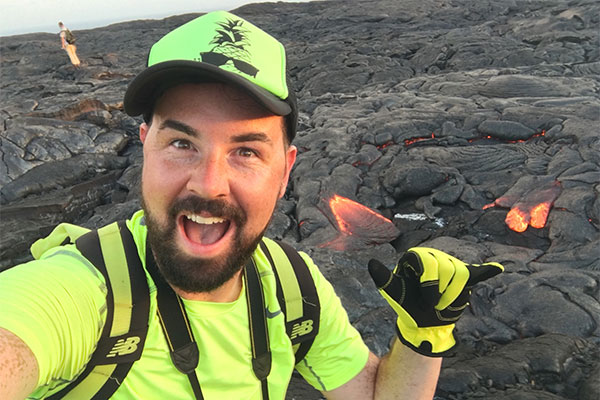
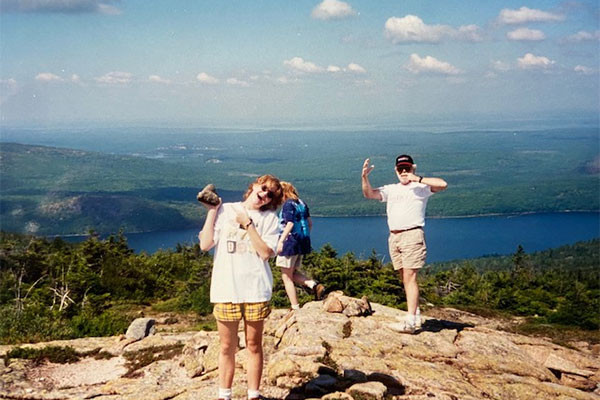




 Jeff Carnahan, President at EnviroForensics
Jeff Carnahan, President at EnviroForensics
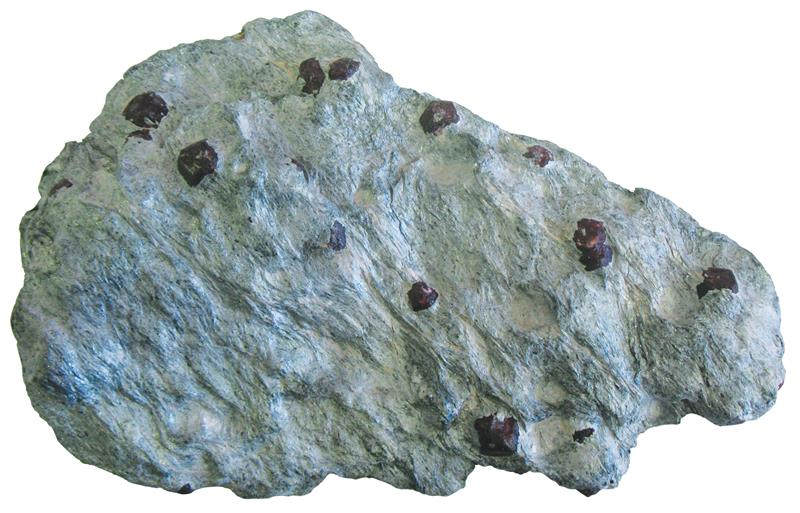

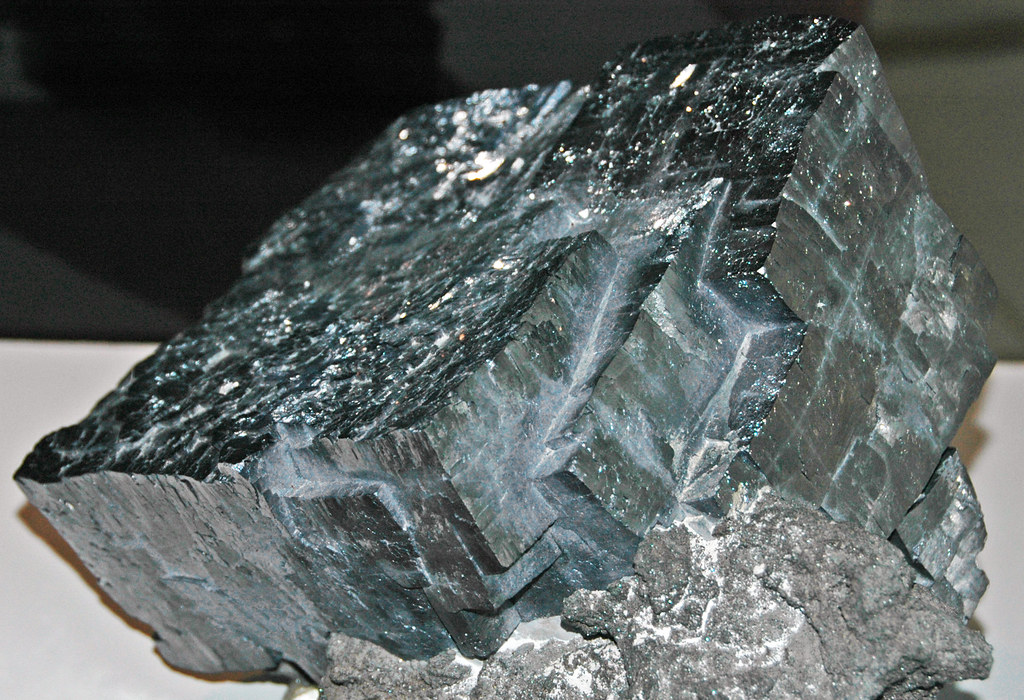
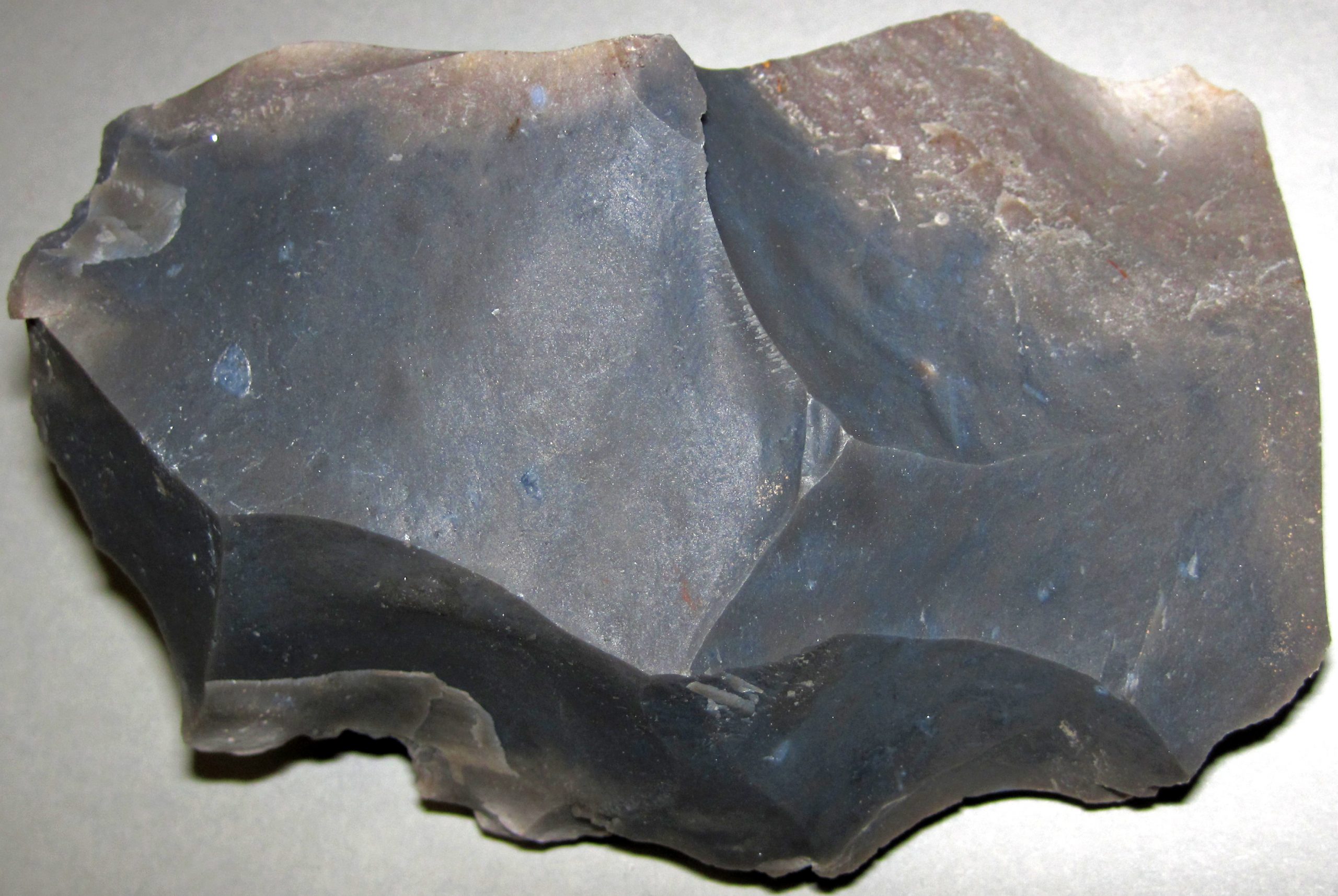




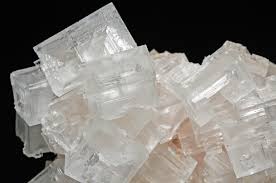 Uses
Uses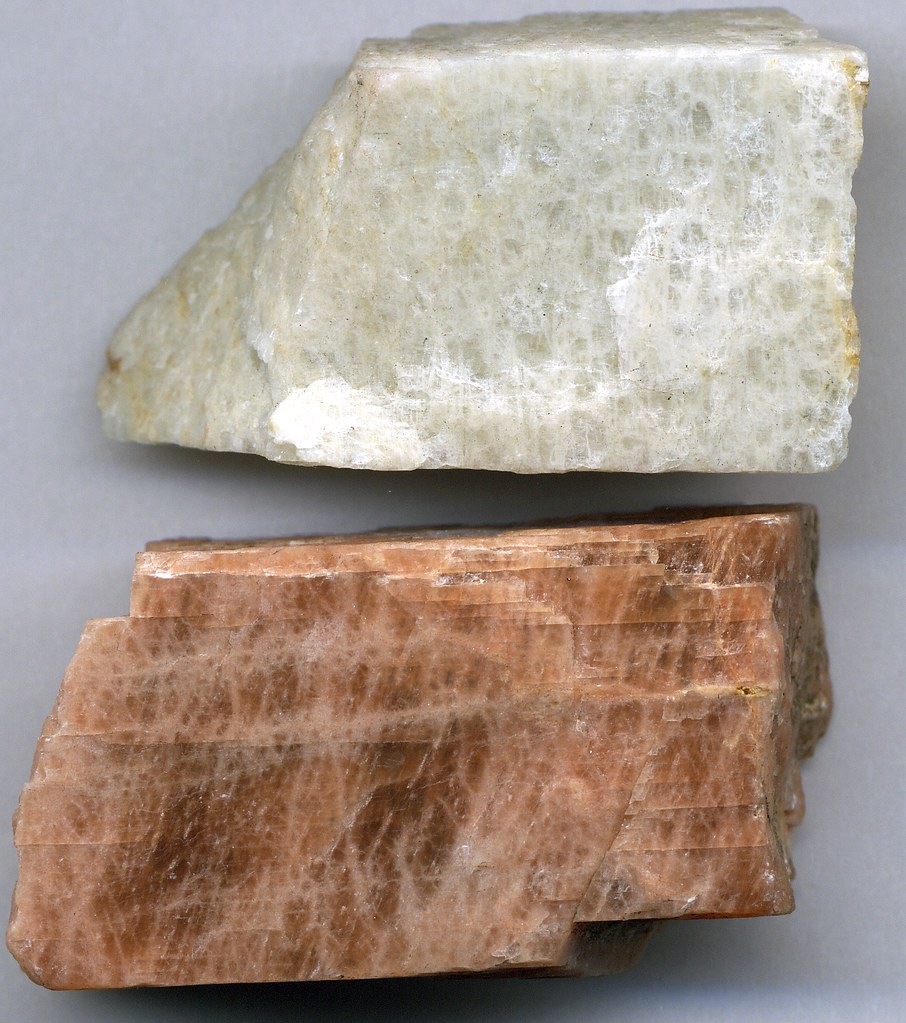





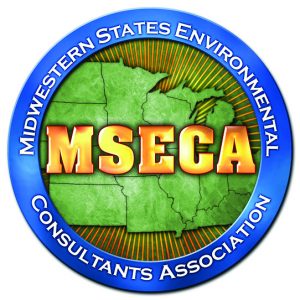

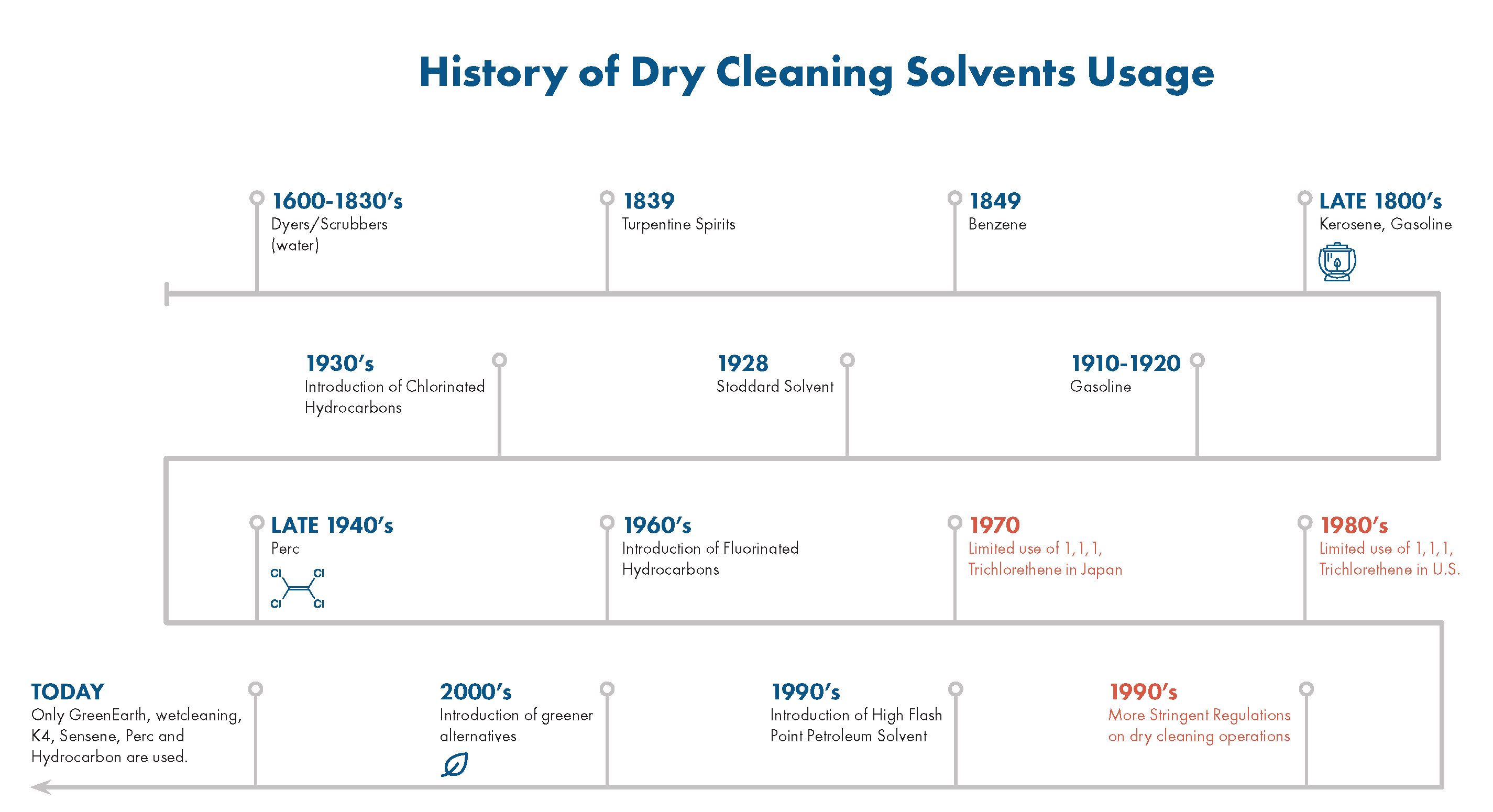
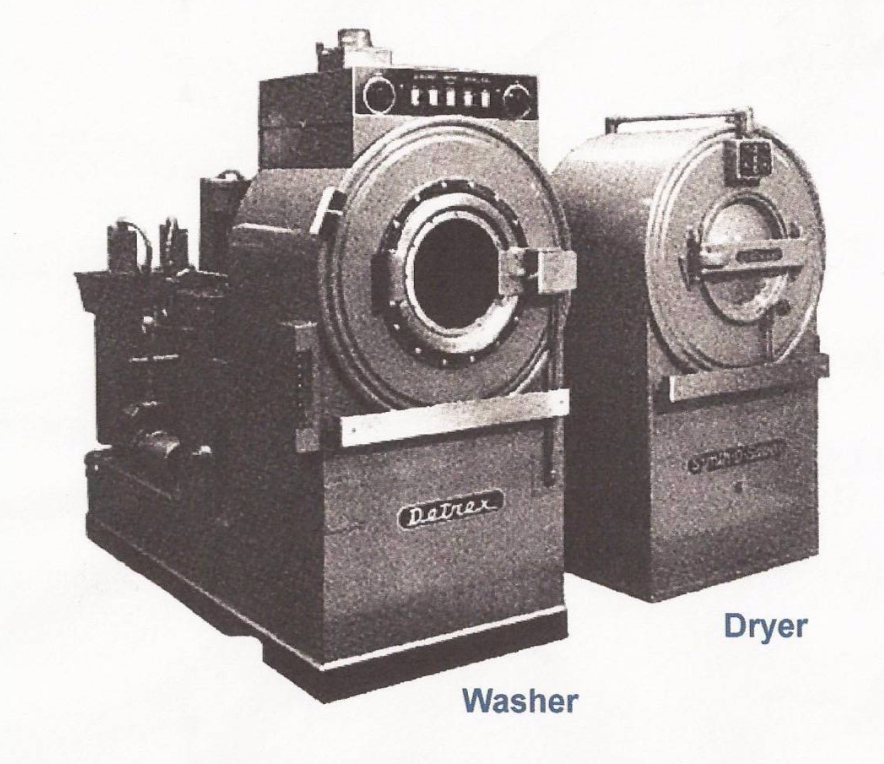
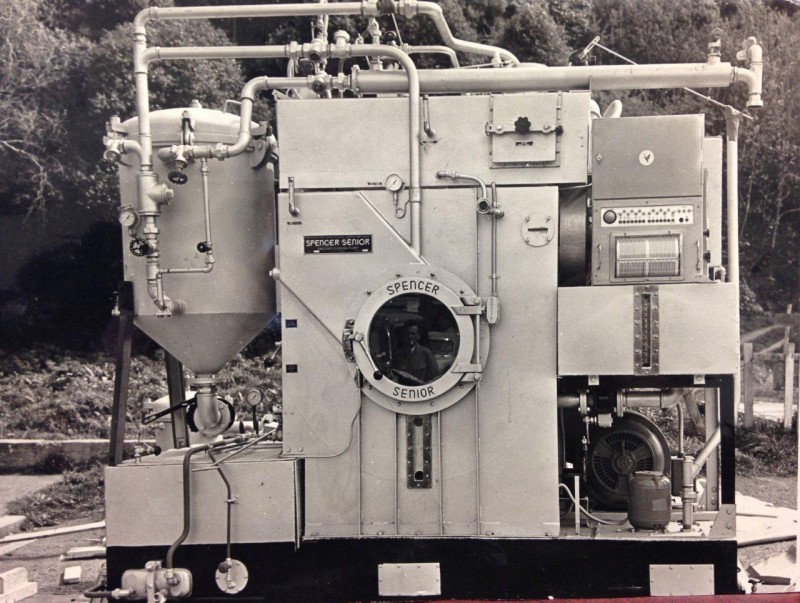
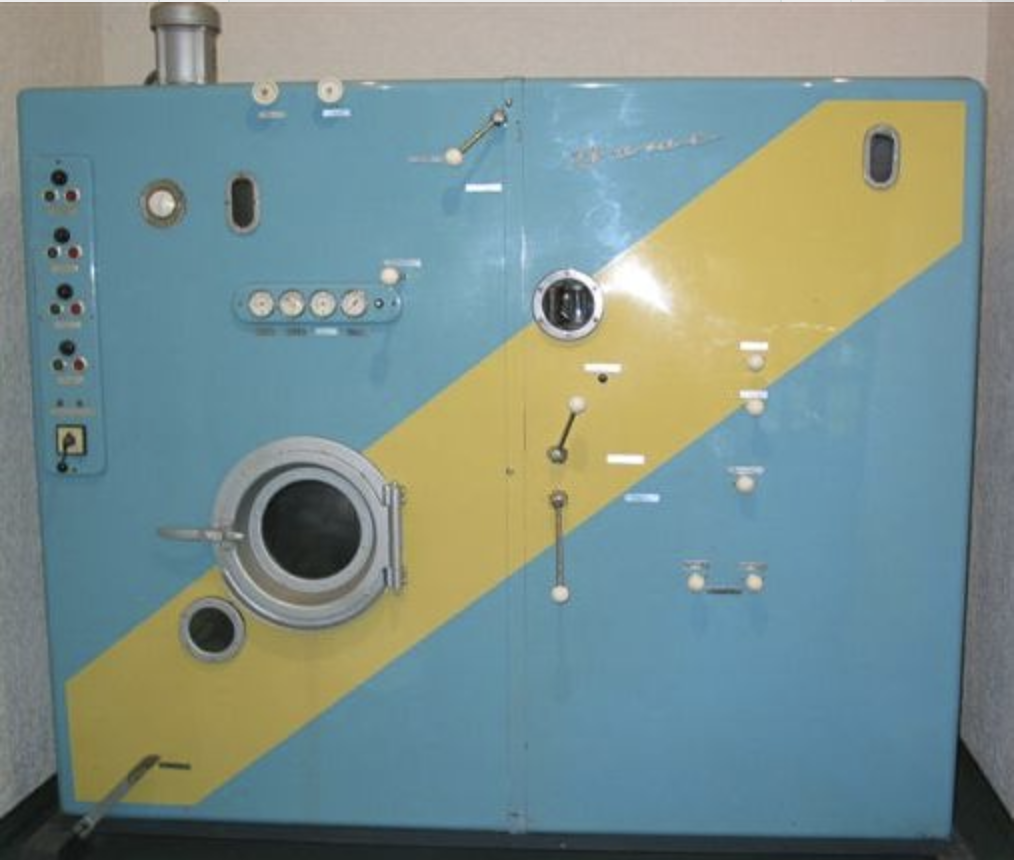
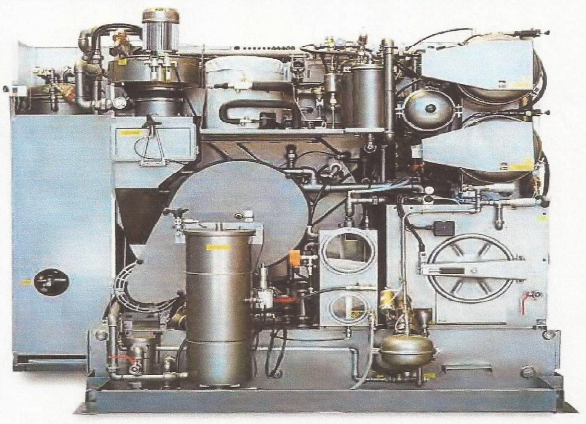




 About
About